/ par paquet
Choisissez les graines par paquet :
Botanical name: Averrhoa carambola
Common name: Carambola, Star Fruit, Five-Corner
Royaume : Plantae
Clade : Trachéophytes
Clade : Angiospermes
Clade : Eudicots
Clade : Rosides
Order: Oxalidales
Family: Oxalidaceae
Genus: Averrhoa
Species: A. carambola
The species in the genus Averrhoa along with the species in genus Sarcotheca are the only woody, tree-like plants belonging to the Oxalis family Oxalidaceae. The Oxalis family has nearly 900 species; most are herbaceous perennials or annuals native from tropical and semitropical locations, although a number also grow in other parts of the world. Averrhoa has sometimes been placed in the family Averrhoaceae. Averrhoa carambola is one of two species in the genus Averrhoa, both have edible fruit; the other species A. bilimbi, which is sometimes called the bilimbi or the cucumber tree, is limited to tropical regions. The fruits of A. bilimbi are too sour to be eaten raw, while the sweet forms of A. carambola are eaten raw. The fruits of A. bilimbi and the sour forms—which have high oxalic acid content—of A. carambola are pickled and made into jelly, jam, and juice.
The center of diversity and the original range of Averrhoa carambola is tropical Southeast Asia, where it is cultivated since ancient times. It might have been introduced to the Indian Subcontinent and Sri Lanka by Austronesian traders, along with ancient Austronesian cultigens like langsat, and santol. It is native to Southeast Asia, however, because this plant is not found in the wild it is difficult to pinpoint where exactly it originated.
The tree and fruits have many different names, carambola is the Spanish vernacular name of the tree. In English it is called star fruit, five-corner or carambola, in Malaysia and the Philippines it has numerous names. In Indonesia it is called belimbing, in Tagalog it is called balimbing. The related bilimbi is called kamias in Tagalog. In French, the tree is called carambolier and the fruit carambole.
Averrhoa carambola is a small, slow-growing evergreen tree with a short-trunk or a shrub. The branches are drooping and the wood is white and turns reddish. It has a bushy shape with many branches producing a broad, rounded crown. The compound leaves are soft, medium-green, they are spirally arranged around the branches in an alternate fashion. The pinnate leaves have a single terminal leaflet and 5 to 11 nearly opposite leaflets, each leaf is 15–20 cm long, and the 3.8–9 cm long leaflets are ovate or ovate-oblong in shape. The top sides of the leaves are smooth and the undersides are finely hairy and whitish. The leaflets are reactive to light and tend to fold together at night, they are also sensitive to abrupt shock and when shaken tend to close up also. The lilac or purple-streaked, downy, flowers are produced in the axils of leaves at the end of twigs. The flowers are arranged in small clusters on the ends of the branches or sometimes on the larger stems and trunk, each cluster is attached to the tree with red stalks. The bell-shaped, perfect flowers, are produced in loose panicles that are much-branched with pedicellate flowers; each flower is around 6 mm wide, with 5 petals that have recurved ends. The fruits are showy with an oblong shape: they are longitudinally 5- to 6-angled and 6.35–15 cm long and up to 9 cm wide. The fruits have a thin, waxy skin that is orange-yellow colored. The juicy fruits are yellow inside when ripe and have a crisp texture and when cut in cross-section are star-shaped. The fruits have an oxalic acid odor, which varies between plants from strong to mild, the taste also varies from very sour to mildly sweetish. Each fruit may have up to twelve 6–12.5 mm long seeds, which are flat, thin and brown. Some cultivated forms produce fruits with no seeds.
Averrhoa carambola is best known as the star fruit, as it is best known for the star-like shape it has when cut. In addition to being eaten, the fruit is used in traditional Asian medicine to treat chickenpox, intestinal parasites, headaches, and other illnesses. Star fruit contains oxalate, too much of which can be dangerous.
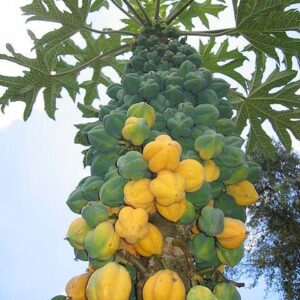
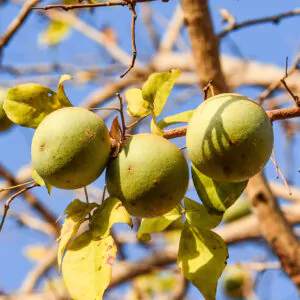
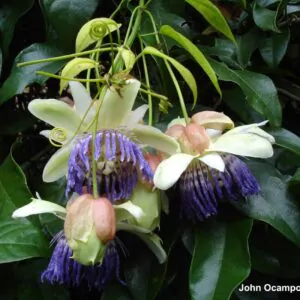
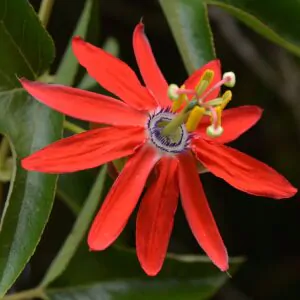
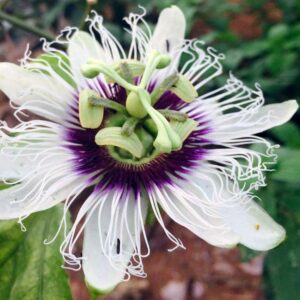


| Biscuit | Durée | La description |
|---|---|---|
| cookielawinfo-checkbox-analytics | 11 mois | Ce cookie est défini par le plugin GDPR Cookie Consent. Le cookie est utilisé pour stocker le consentement de l'utilisateur pour les cookies dans la catégorie "Analytics". |
| cookielawinfo-checkbox-fonctionnel | 11 mois | Le cookie est défini par GDPR cookie consent pour enregistrer le consentement de l'utilisateur pour les cookies dans la catégorie "Fonctionnel". |
| cookielawinfo-checkbox-nécessaire | 11 mois | Ce cookie est défini par le plugin GDPR Cookie Consent. Les cookies sont utilisés pour stocker le consentement de l'utilisateur pour les cookies dans la catégorie "Nécessaire". |
| cookielawinfo-checkbox-autres | 11 mois | Ce cookie est défini par le plugin GDPR Cookie Consent. Le cookie est utilisé pour stocker le consentement de l'utilisateur pour les cookies dans la catégorie "Autre. |
| cookielawinfo-checkbox-performance | 11 mois | Ce cookie est défini par le plugin GDPR Cookie Consent. Le cookie est utilisé pour stocker le consentement de l'utilisateur pour les cookies dans la catégorie "Performance". |
| view_cookie_policy | 11 mois | Le cookie est défini par le plugin GDPR Cookie Consent et est utilisé pour stocker si l'utilisateur a consenti ou non à l'utilisation de cookies. Il ne stocke aucune donnée personnelle. |